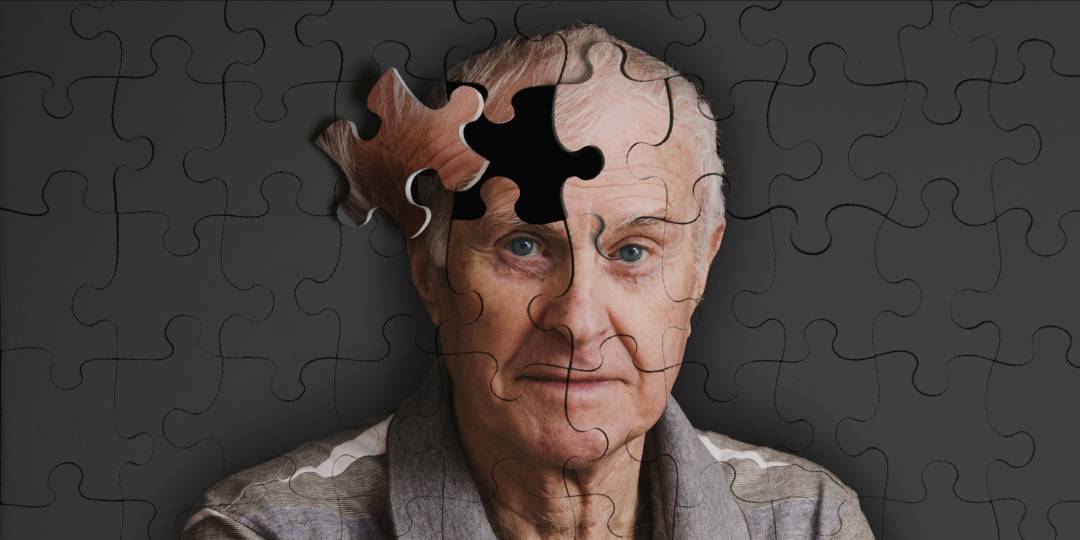Of the mice that received the treatment, 75 percent got their memory function back.
Researchers in Australia have devised a non-invasive ultrasound technology which clears the Neurotoxic-Amyloid Plaques in the brain. These Neurotoxic-Amyloid Plaques are structures responsible for memory loss in Alzheimer’s patients.
For someone who has Alzheimer’s disease, this primarily happens because of two types of lesions – Amyloid Plaques and Neurofibrillary Tangles. These Amyloid Plaquessits cluster as Beta-Amyloid Molecules as a sticky type of protein which then goes on to form a plaque.
Neurofibrillary Tangles are components found inside the neurons of the brain. This clumps up into insoluble mass and causes tiny filaments called Microtubules which halts the transport of nutrients and organelles.
About 50 million people around the world suffer with Alzheimer’s of whom 5 million people are in the US. It is predicted that by 2050, the number of Alzheimer patients may rise to 16 million. Alzheimer’s is noted to kill more people than Breast Cancer and Prostate Cancer together.
Publishing in Science Translational Medicine, the team describes the technique as using a particular type of ultrasound called a focused therapeutic ultrasound, which non-invasively beams sound waves into the brain tissue. By oscillating super-fast, these sound waves are able to gently open up the blood-brain barrier, which is a layer that protects the brain against bacteria, and stimulate the brain’s microglial cells to activate. Microglial cells are basically waste-removal cells, so they’re able to clear out the toxic beta-amyloid clumps that are responsible for the worst symptoms of Alzheimer’s.
The team reports fully restoring the memory function of 75 percent of the mice they tested it on, with zero damage to the surrounding brain tissue. They found that the treated mice displayed improved performance in three memory tasks – a maze, a test to get them to recognise new objects, and one to get them to remember the places they should avoid.
“We’re extremely excited by this innovation of treating Alzheimer’s without using drug therapeutics,” one of the team, Jürgen Götz, said in a press release. “The word ‘breakthrough’ is often misused, but in this case I think this really does fundamentally change our understanding of how to treat this disease, and I foresee a great future for this approach.”
The team says they’re planning on starting trials with higher animal models, such as sheep, and hope to get their human trials underway in 2017.
You can hear an ABC radio interview with the team here.
Please ‘Share’
This article was originally published in Science Alert
















